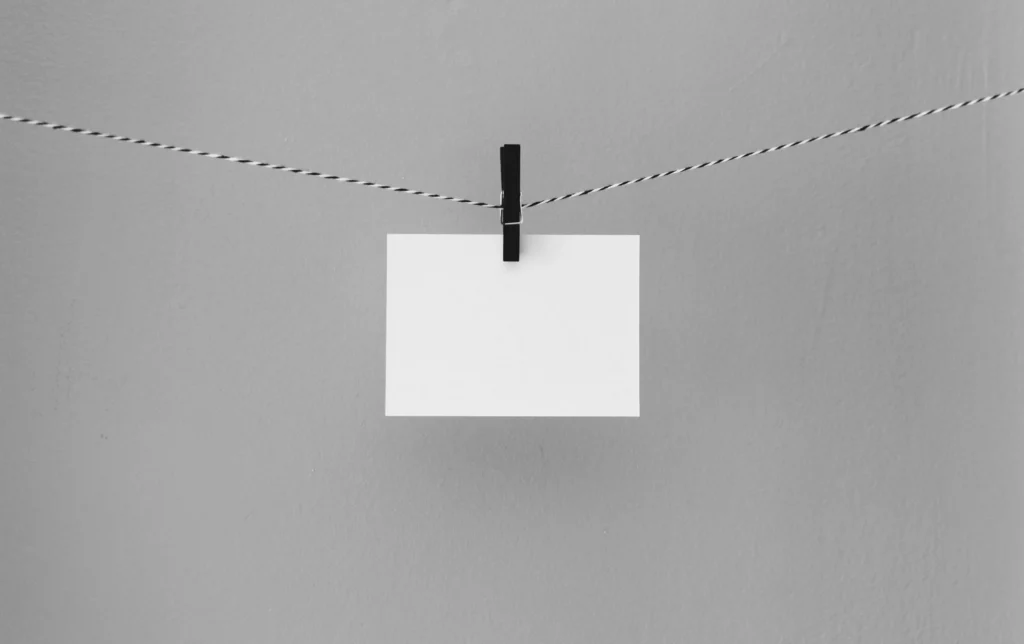The English word for consecutive double letters is frequently referred to as a digraph or a double letter. Digraphs play an indispensable role in many languages, including English, to denote distinct sounds.
The Concept of Digraphs
A digraph in linguistics refers to a combination of two characters or letters. These pairs are utilized to express either a single distinct sound (phoneme) or a sequence of phonemes which differ from the typical values of the two characters separately. They can comprise two different characters, known as heterogeneous digraphs, or two repetitions of the same character, referred to as homogeneous digraphs or double letters.

Double Letters in English
Double letters in English usually indicate a long vowel sound or a long or geminated consonant sound. The spelling convention developed during the Middle English and Early Modern English period using doubled consonant letters indicate that a preceding vowel should be pronounced short. In modern English, for example, the ⟨pp⟩ of tapping differentiates the first vowel sound from that of taping.
- ⟨sh⟩ like in English ship and fish.
- ⟨ee⟩ and ⟨oo⟩ were used in Middle English to represent lengthened “e” and “o” sounds respectively.
- In some cases, doubled consonant letters represent a true geminate consonant in modern English.
Double Letters in Other Languages
The phenomenon of double letters or digraphs is not limited to English and is observed in several other languages, each with their definitive representations and pronunciations.
- In Spanish and Catalan, ⟨rr⟩ is used between vowels for an alveolar trill, signifying a distinct phoneme in those languages.
- In Italian, consonants written double are pronounced longer than single ones. For instance, the ⟨pp⟩ in Italian ‘zuppa’ (soup) suggests a longer pronunciation than a single ‘p’.
- In Danish and Norwegian, the former digraph ⟨aa⟩ was used to indicate a specific sound, which is now represented by ⟨å⟩.

Conclusion
The concept of consecutive double letters or digraphs signifies the richness and diversity of languages. These pairs of characters serve as a unique tool to encapsulate varieties of phonetic nuances that single letters might fail to capture. While homogeneous digraphs or double letters are commonplace in English, their usage and representation may vary in other languages, adding another fascinating layer to the realm of linguistics.
